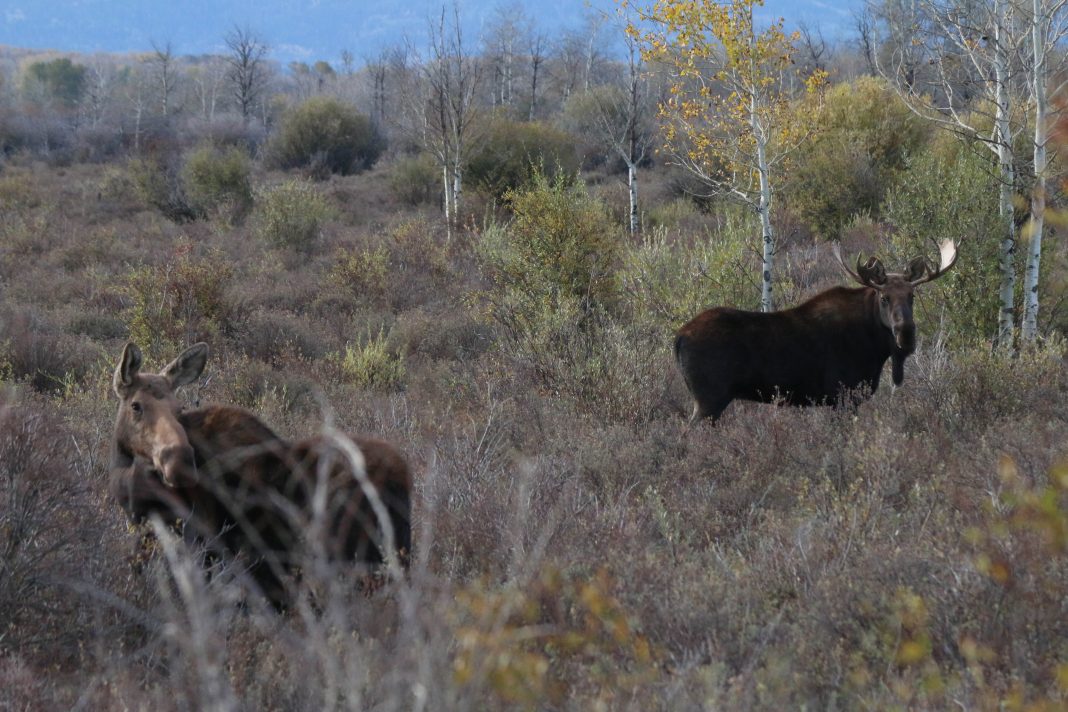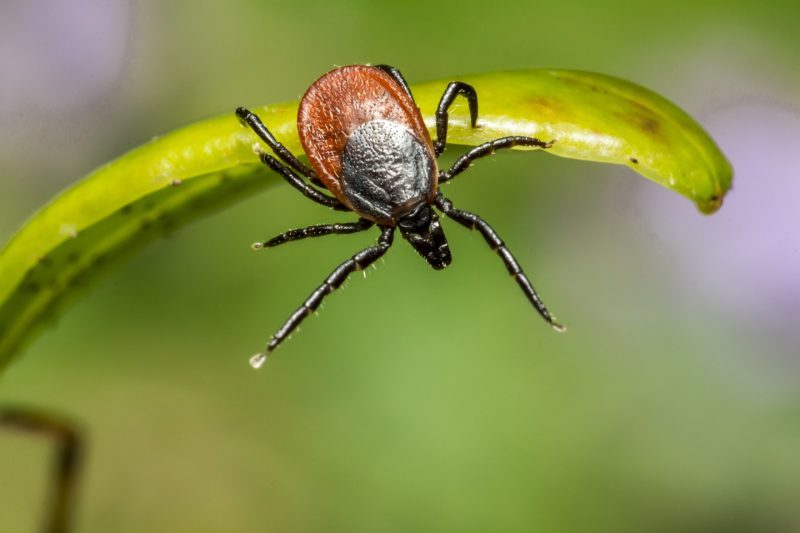Vermont wildlife officials plan to save moose from deadly winter tick infestations. In Vermont’s wildlife unit E1 higher moose density seems to be leading to the spread of winter ticks. Winter ticks can lead to a total herd collapse if not monitored and controlled. Once the moose are infested with the ticks they try anything to get them off. Infested moose will rub so much that they lose their protective insulating hair. Sadly, most of them will die from blood loss or hypothermia.
“Moose densities greater than one per square mile support high numbers of winter ticks, which negatively impact moose health and survival,” Nick Fortin, the department’s biologist heading the project, said in a press release Thursday
Moose Densities and the Plan
Throughout most of the state, moose densities rest at relatively low numbers. In most of the southern wildlife units, the density sits at 0.1 moose per square mile. As you move north the densities rise to 0.33 moose per square mile. Interestingly the moose density in wildlife unit E1 is at 1.99 moose per square mile, an 1100% difference! Wildlife Board officials have proposed issuing 55 either-sex permits for the October season. Officials believe that in 7 years the proposed permits will lower the density to 0.75 moose per square mile. Densities below 0.75 seem to be the magic number, with 0 cases of winter ticks in areas that are below the 0.75 density.
Winter Ticks on the Rise
From 2017-2019, wildlife researchers GPS collared 126 moose in the area. Sadly, over the course of the study researchers found that more than half of the calves died from winter ticks. Shockingly, some moose bodies have been found with over 50,000 ticks attacking them. Interestingly, the information gathered showed another common ailment was killing moose as well. Brain worms were nearly as deadly as the ticks. Ticks and brain worms have infected deer for years but have minimal effect on them. Meanwhile, moose struggle greatly to survive against these parasites. As the climate continues to warm, researchers have seen a steady increase in both ticks and brain worms.
“Warmer, milder winters have increased deer populations in Vermont, raising infection rates of brain worm among moose,” field researcher Jake Debow said. “The ticks have become more prolific as spring and fall weather has warmed.”
Moose in many states seem to have it rough. Do you think this plan will work? What are some of your ideas to help the moose? Let us know in the comments.
















